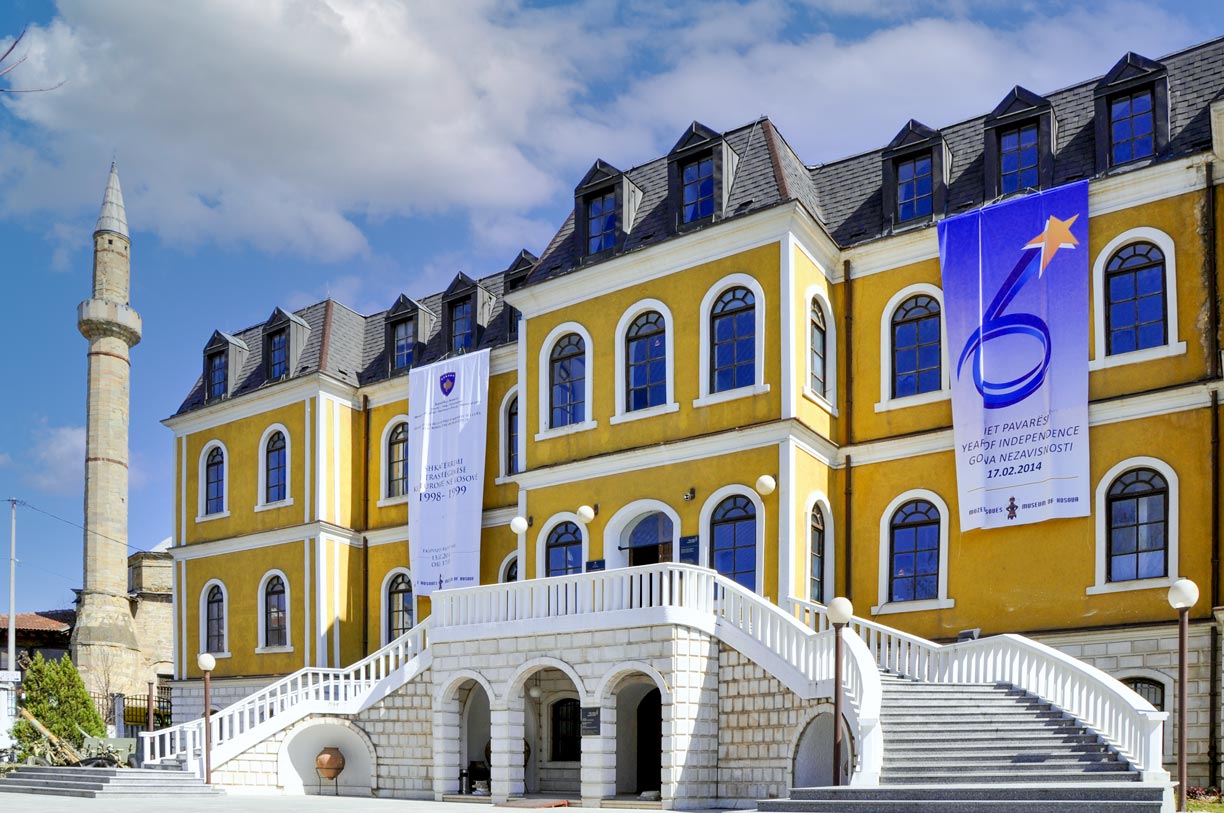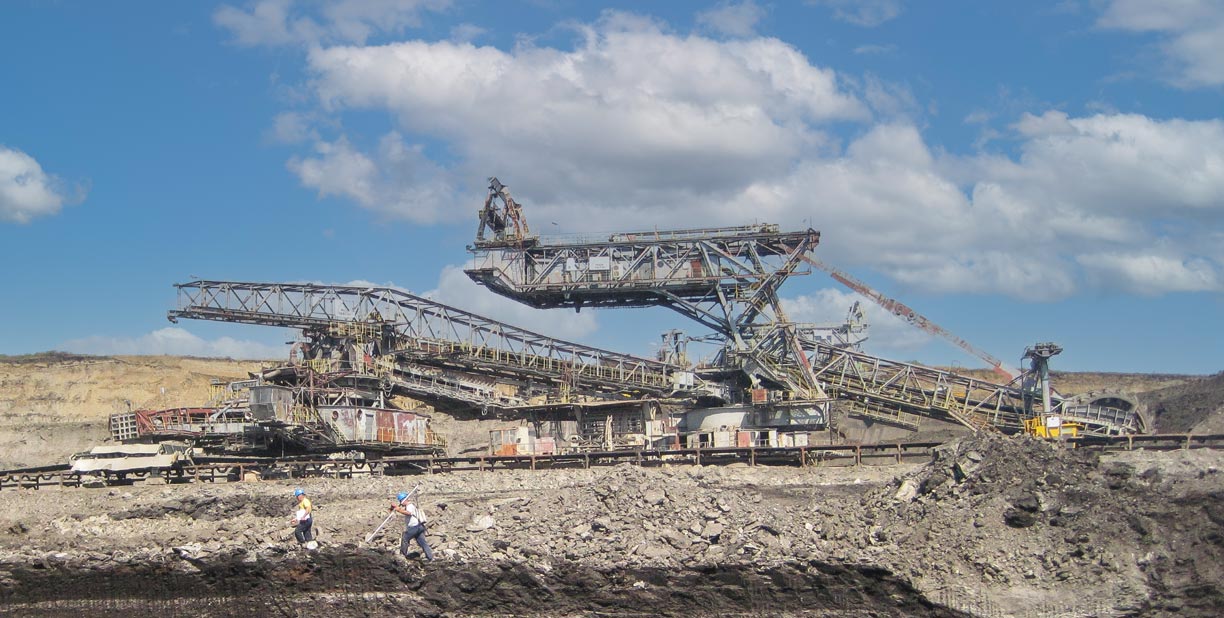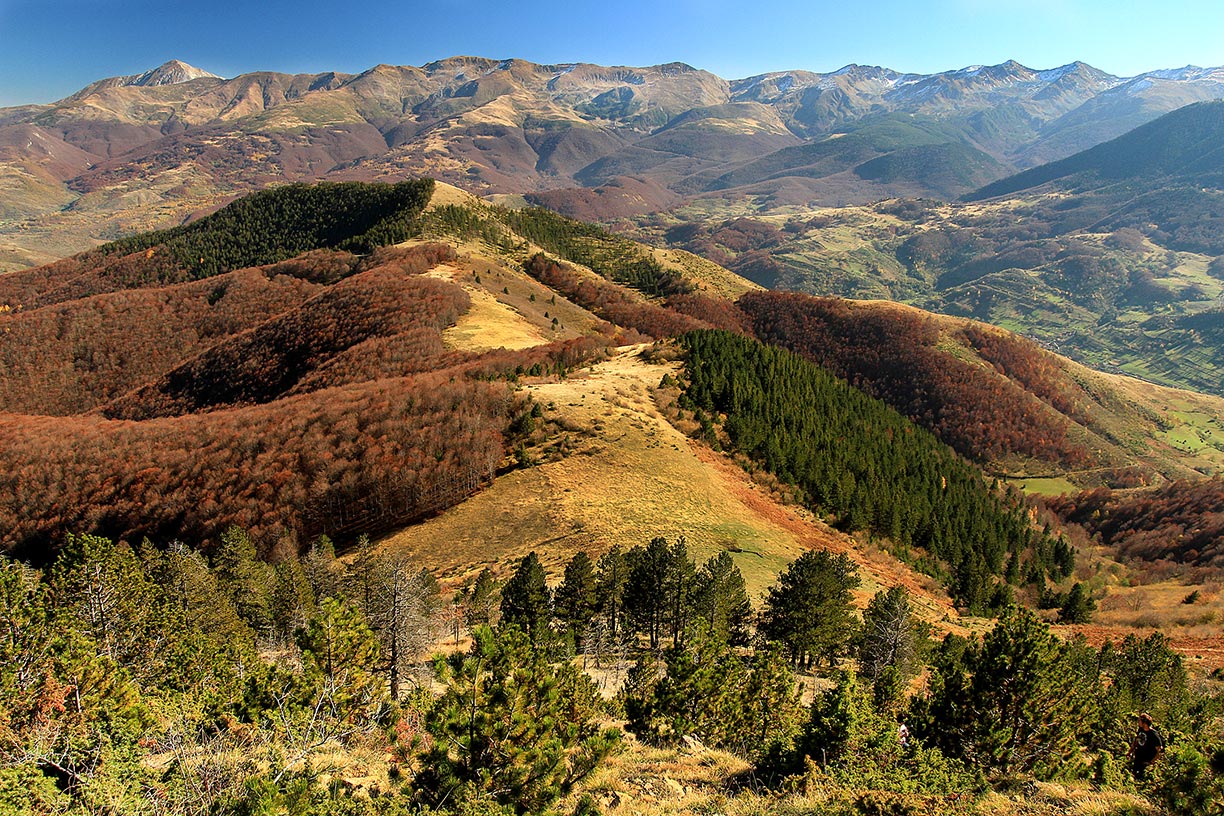(pop. 200.000)
Other major cities:
Prizren (94,500), Kosovska Mitrovica (84,235), Gjilan (54,239), Peja (48,962), Ferizaj (42,628), Gjakova (40,827).
Government:
Type: Parliamentary republic.
Constitution: 7 April 2008, effective 15 June 2008.
Geography:
Location: Southeast Europe, between Serbia and North Macedonia.
Area: 10,887 km2 (4,203 sq mi)
Terrain: Mountains, hills, forest, urban.
Highest peak: Velika Rudoka 2,658 m.
Climate: Continental air masses result in relatively cold, snowy winters and hot, dry summers and autumns. Mediterranean and alpine influences provide regional differences; most precipitation falls between October and December.
People:
Nationality: Kosovar
Population: 1.8 million (in 2023)
Ethnic groups: Albanians 92.9%, Bosniaks 1.6%, Serbs 1.5%, Turk 1.1%, Ashkali 0.9%, Egyptian 0.7%, Gorani 0.6%, Romani 0.5%, other/unspecified 0.2%.
Religion: Muslim 95.6%, Roman Catholic 2.2%, Orthodox 1.5%, other 0.1%, none 0.1%, unspecified 0.6%.
Languages: Albanian (official) 94.5%, Bosnian 1.7%, Serbian (official) 1.6%, Turkish 1.1%, other 0.9% (includes Romani), unspecified 0.1%;)
Natural resources: Coal, lignite, iron ore, copper, lead, zinc, uranium, tungsten, mercury, pyrites, magnesite, fluorspar, gypsum, sepiolite, kaolin, potash, hydropower and arable land.
Agriculture products: Wheat, corn, berries, potatoes, peppers, fruit, dairy, livestock, fish.
Industries: Mineral mining, construction materials, base metals, leather, machinery, appliances, foodstuffs and beverages, textiles.
Exports - commodities: machinery, motor vehicles; foodstuffs, pharmaceuticals, medicines, other consumer goods.
Exports - partners: Albania 16%,
India 14%,
North Macedonia 12.1%,
Serbia 10.6%,
Switzerland 5.6%,
Germany 5.4% (2019)
Imports - commodities: foodstuffs, livestock, wood, petroleum, chemicals, machinery, minerals, textiles, stone, ceramic and glass products, electrical equipment.
Imports - partners: Germany 12.4%, Serbia 12.3%,
Turkey 9.6%,
China 9.1%,
Italy 6.4%, North Macedonia 5.1%, Albania 5%,
Greece 4.4% (2017)
Currency: Euro (EUR)


























